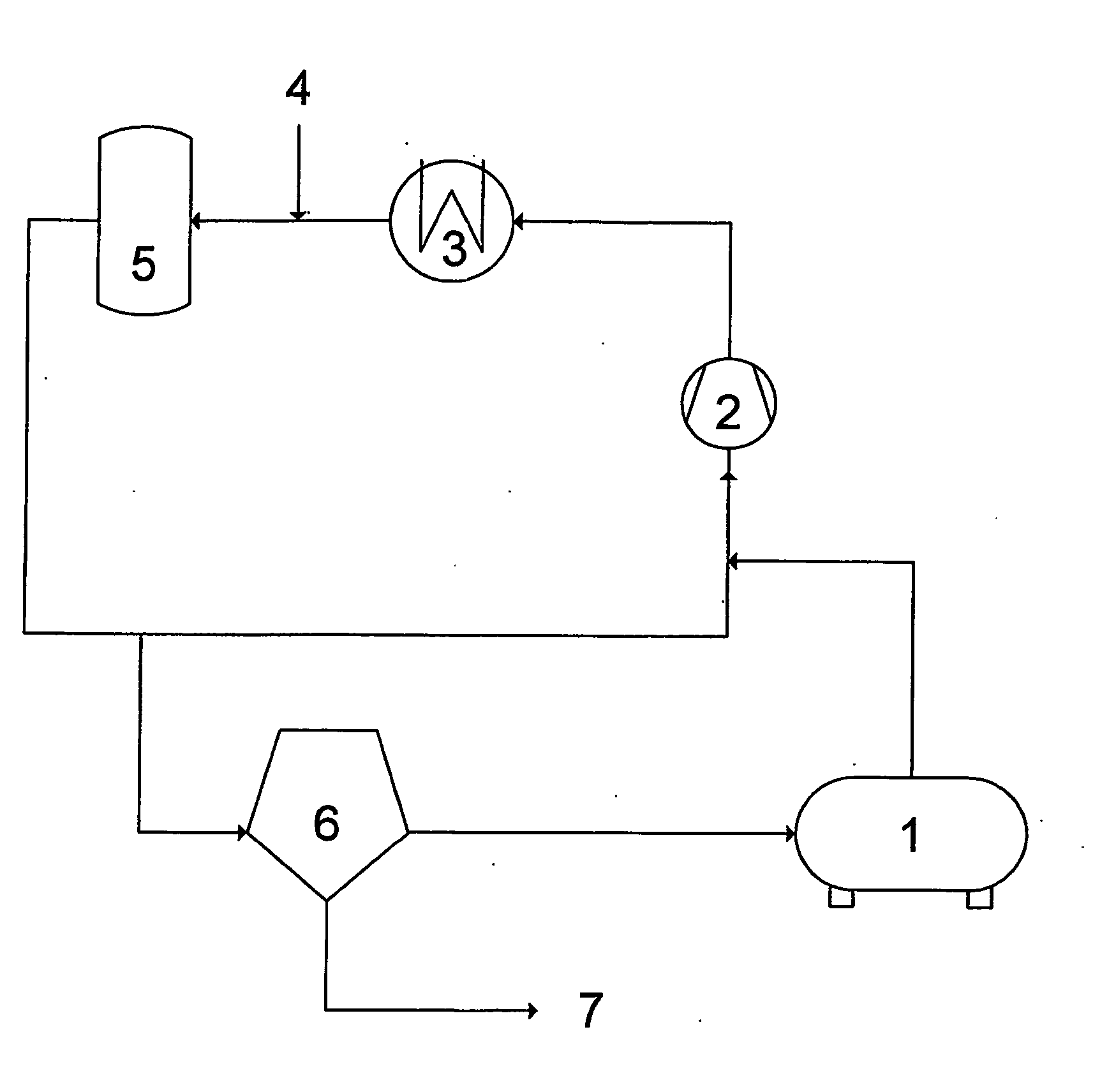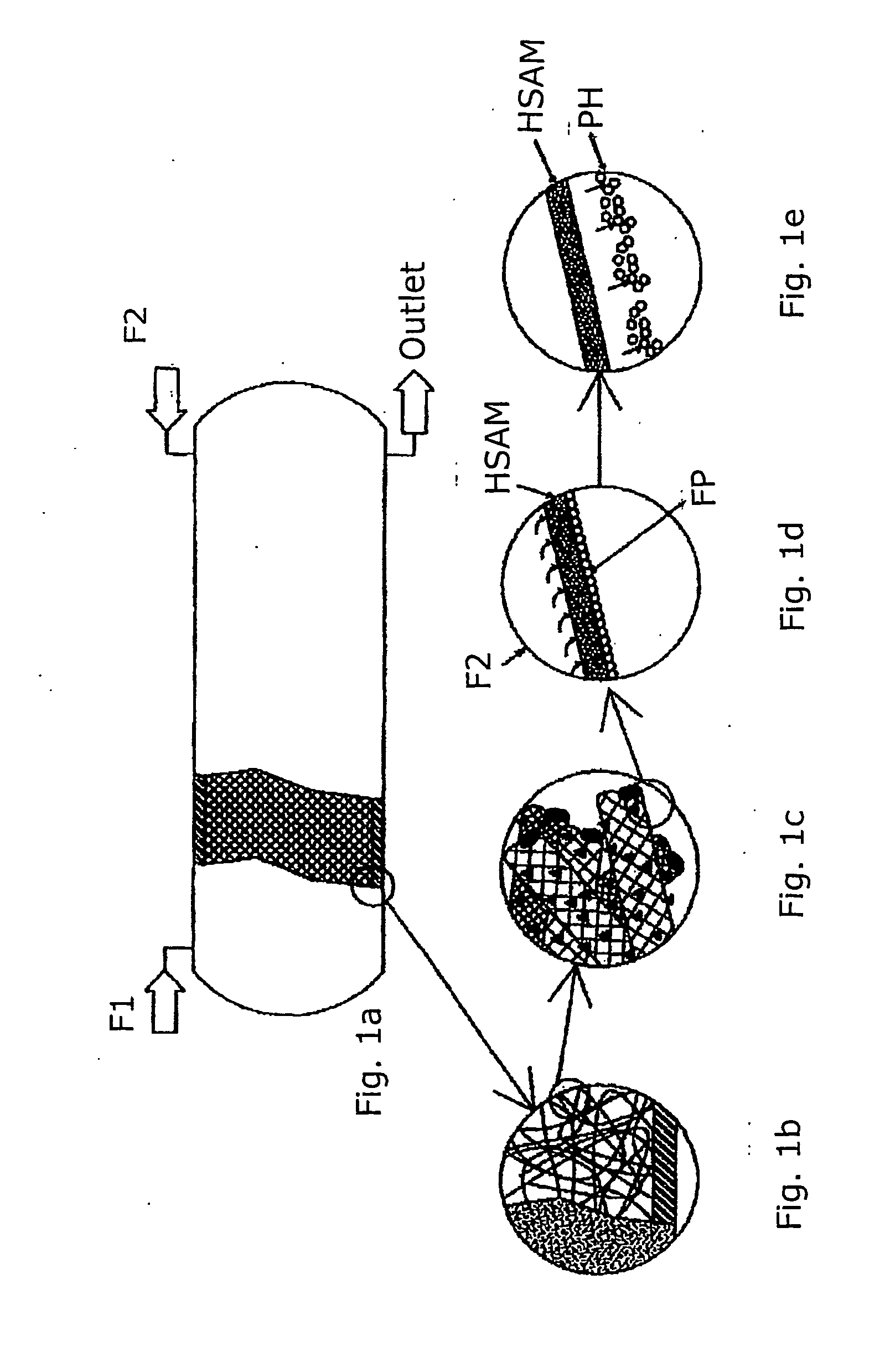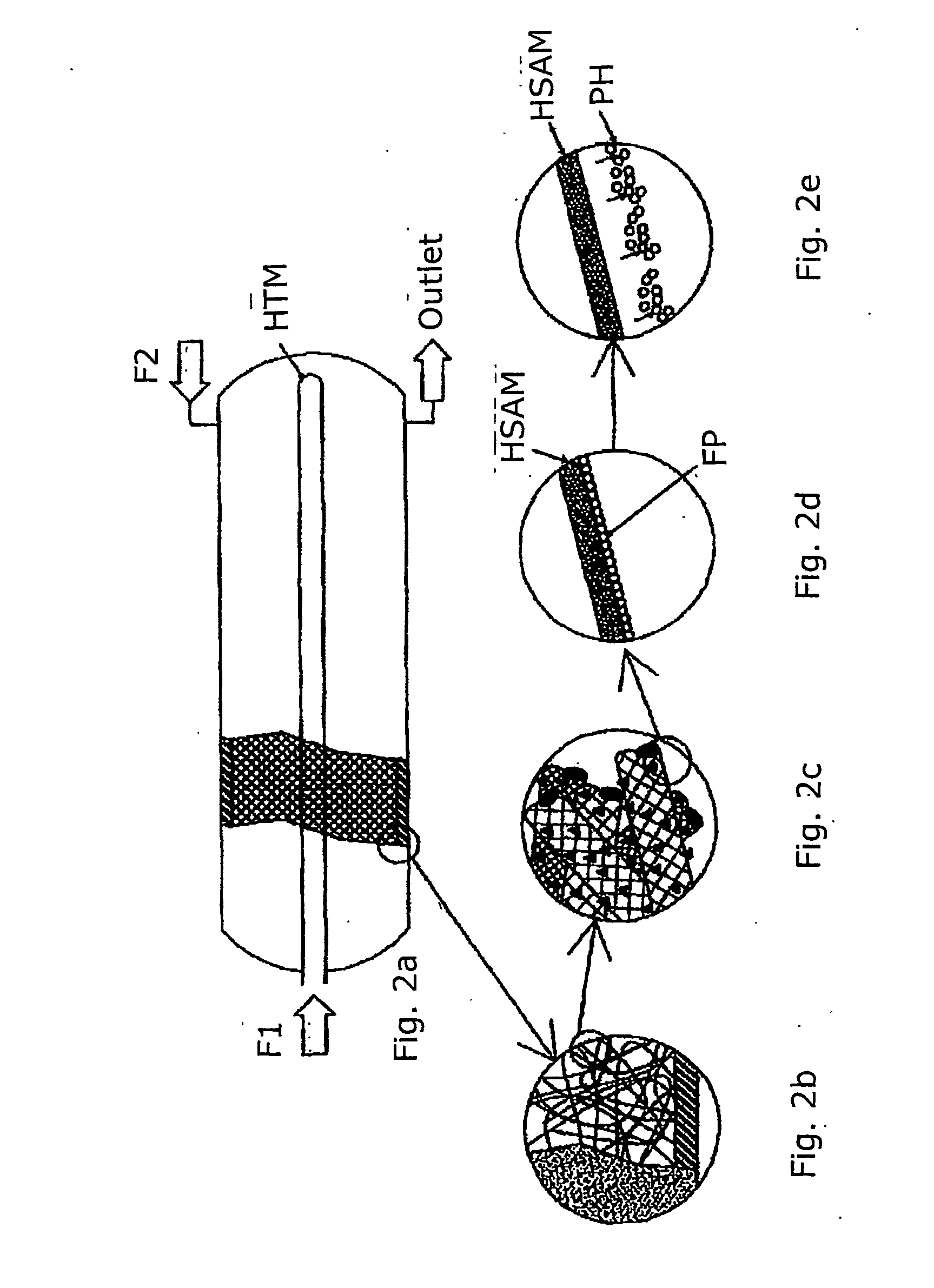Systems for Preparing Fine Articles and Other Substances
a technology for fine articles and other substances, applied in the direction of crystallization regulation/control, chemical/physical/physicochemical processes, bulk chemical production, etc., can solve the problems of high temperature, high cost, and long reaction time required at low to medium temperature, and achieve the effect of improving the electrical conductivity of said materials
- Summary
- Abstract
- Description
- Claims
- Application Information
AI Technical Summary
Benefits of technology
Problems solved by technology
Method used
Image
Examples
example 1
ILLUSTRATIVE EXAMPLE 1
Reactive Production of Fine particles as a Nanocrystalline Powder
[0146] A preferred embodiment according to the present invention may be production of a fine particle material comprising nano-crystalline primary particles.
[0147] A generalized scheme for a batch process for production of a fine particles comprised by primary particles may involve the following consecutive steps: [0148] a. a dynamic pressurisation period, [0149] b. one or more reaction period(s) at elevated pressure, [0150] c. a depressurisation period.
[0151] A generalized schematic process diagram suitable for such production of fine particles in the form a powder comprising nanoscaled primary particles according to the present invention is disclosed in the FIGS. 7-8, and the numbers below refers to these drawings.
[0152] The reactor (5) comprises one or more sections of a material for deposition of said primary particles. The material may be introduced into said vessel in the beginning of th...
example 2
ILLUSTRATIVE EXAMPLE 2
[0191] An apparatus according to an embodiment of the present invention may include [0192] Reaction vessel assembly [0193] Dosing assembly for precursor and chemical reactor [0194] CO2 recycle system [0195] Internal discharge assembly [0196] External filter and product collection assembly [0197] CO2 storage assembly
[0198] The reaction vessel may be a vertical or a horizontal vessel. In a preferred embodiment a vertical vessel is used for facilities with a small production capacity and horizontal vessels are preferably used for facilities with large production capacity. In each case vessels may be arranged in parallel for optimal plant configuration as determined by a man skilled in the art.
[0199] The reaction vessel may be equipped with one or more sections of high surface area material. The material is preferably arranged in a manner that allows easy cleaning and discharge from the high surface area material of the produced chemical reaction products.
[0200]...
PUM
| Property | Measurement | Unit |
|---|---|---|
| Size distribution | aaaaa | aaaaa |
| Size distribution | aaaaa | aaaaa |
| Size distribution | aaaaa | aaaaa |
Abstract
Description
Claims
Application Information
 Login to View More
Login to View More - R&D
- Intellectual Property
- Life Sciences
- Materials
- Tech Scout
- Unparalleled Data Quality
- Higher Quality Content
- 60% Fewer Hallucinations
Browse by: Latest US Patents, China's latest patents, Technical Efficacy Thesaurus, Application Domain, Technology Topic, Popular Technical Reports.
© 2025 PatSnap. All rights reserved.Legal|Privacy policy|Modern Slavery Act Transparency Statement|Sitemap|About US| Contact US: help@patsnap.com



